The ‘stüa’ is the heart of this Swiss house
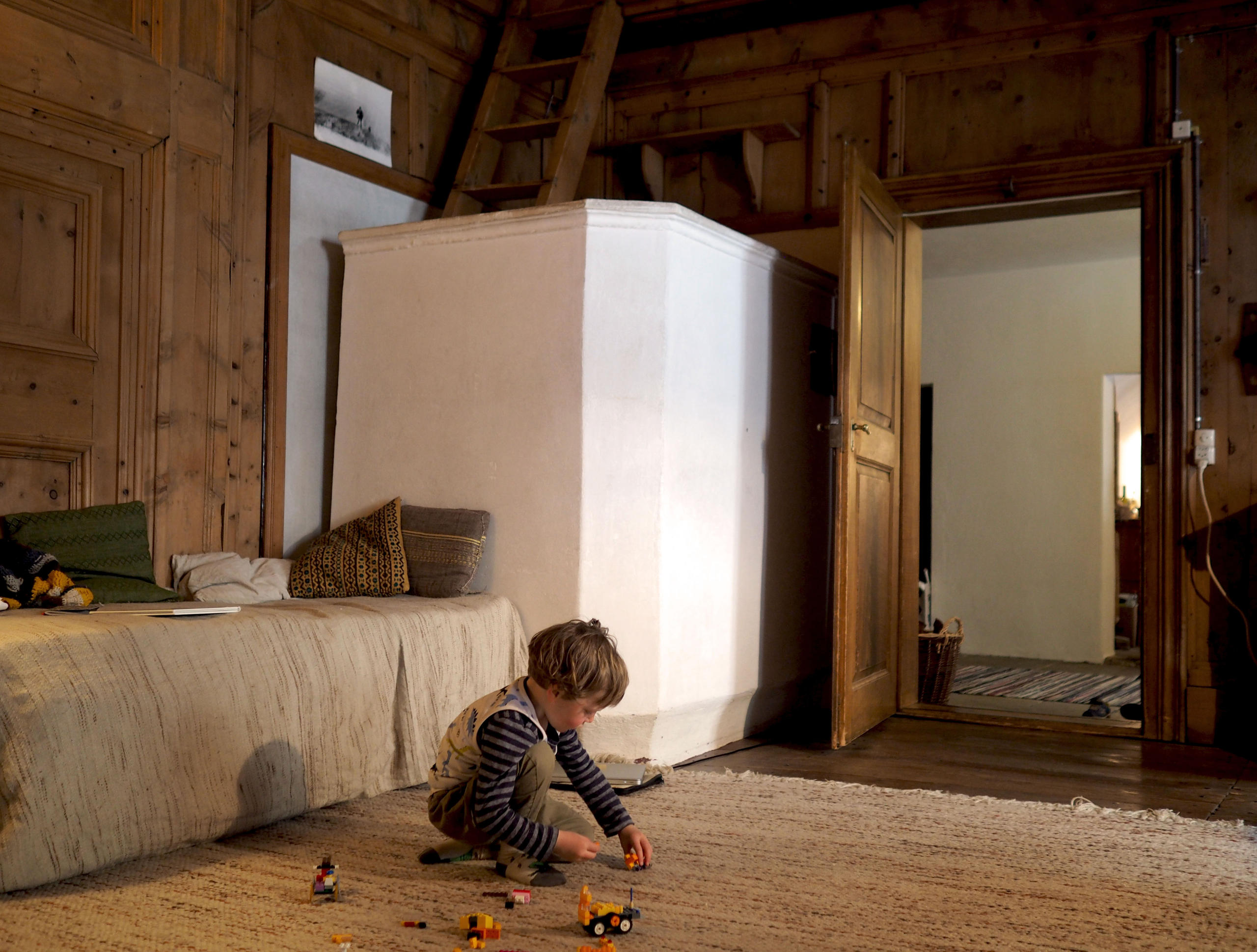
The Bregaglia valley in the southern Swiss Alps boasts houses, stables and haylofts that retain architectural features from different eras.
Vicosoprano, a village right in the middle of Val Bregaglia, is situated in the flat depths of the valley. The house we visit lies in the centre of the village, just a few metres away from the square on the narrow main street, alongside several other important historic buildings.
It’s a manor house dating from the 16th century. This was a time of prosperity in Canton Graubünden, and especially in Val Bregaglia, thanks in part to political stability guaranteed by the Free State of the Three Leagues, the predecessor to the Swiss canton, and in part to a flourishing economy served by the Alpine passes.
The house is called “Casa del Nudair végl,” or the Old Notary’s House. It belonged to the patrician Prevosti family, as testified by the family’s old coat of arms on the façade, applied using the sgraffito technique.
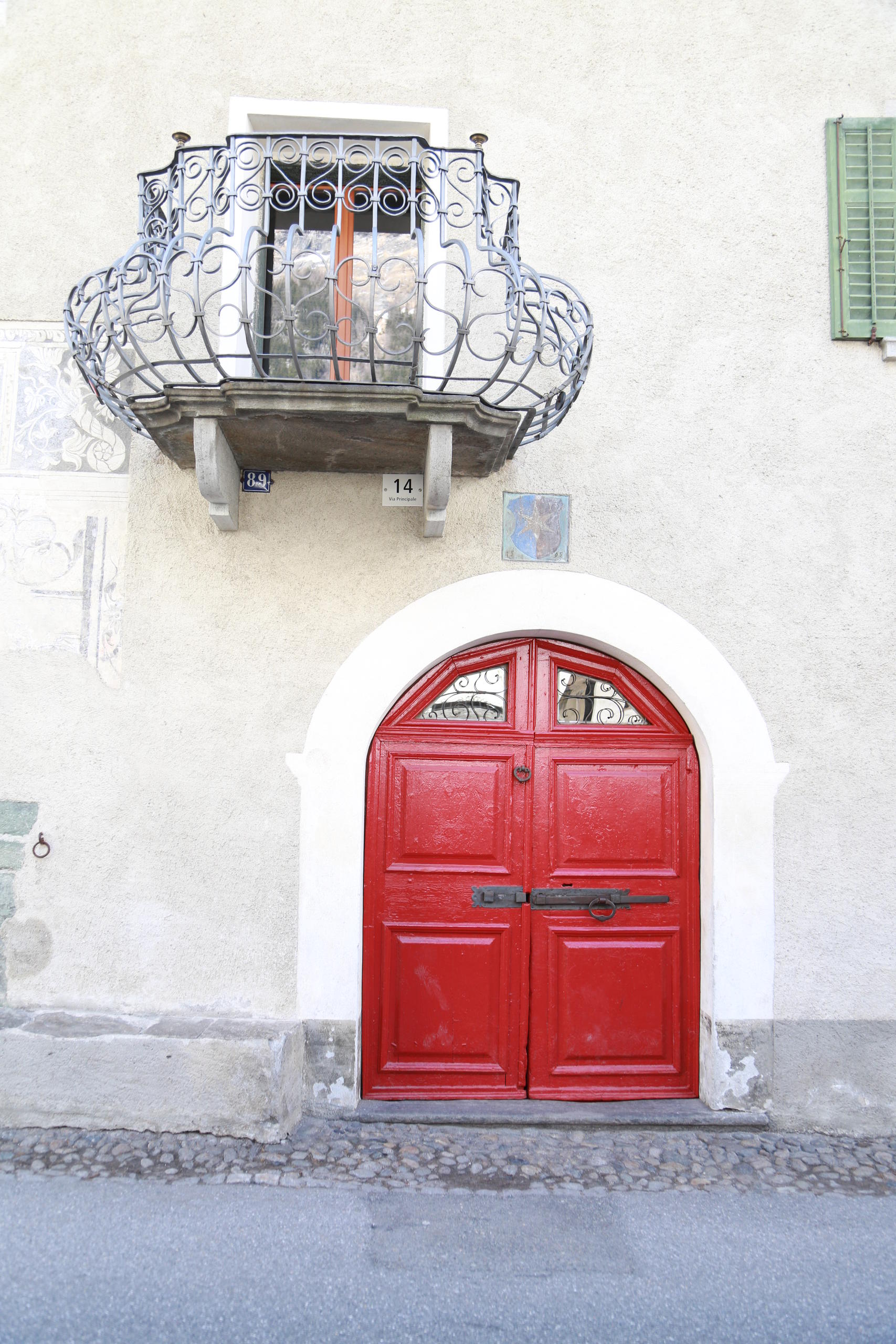
Today the house belongs to the Gianotti family. It has been divided into two apartments. Jon Bischoff, his partner Hanna, and their two children live in the apartment on the second floor. Bischoff’s maternal grandfather, a secondary school teacher, bought the house after World War II. It retains some traditional features – such as a lot of wood and an absence of radiators.
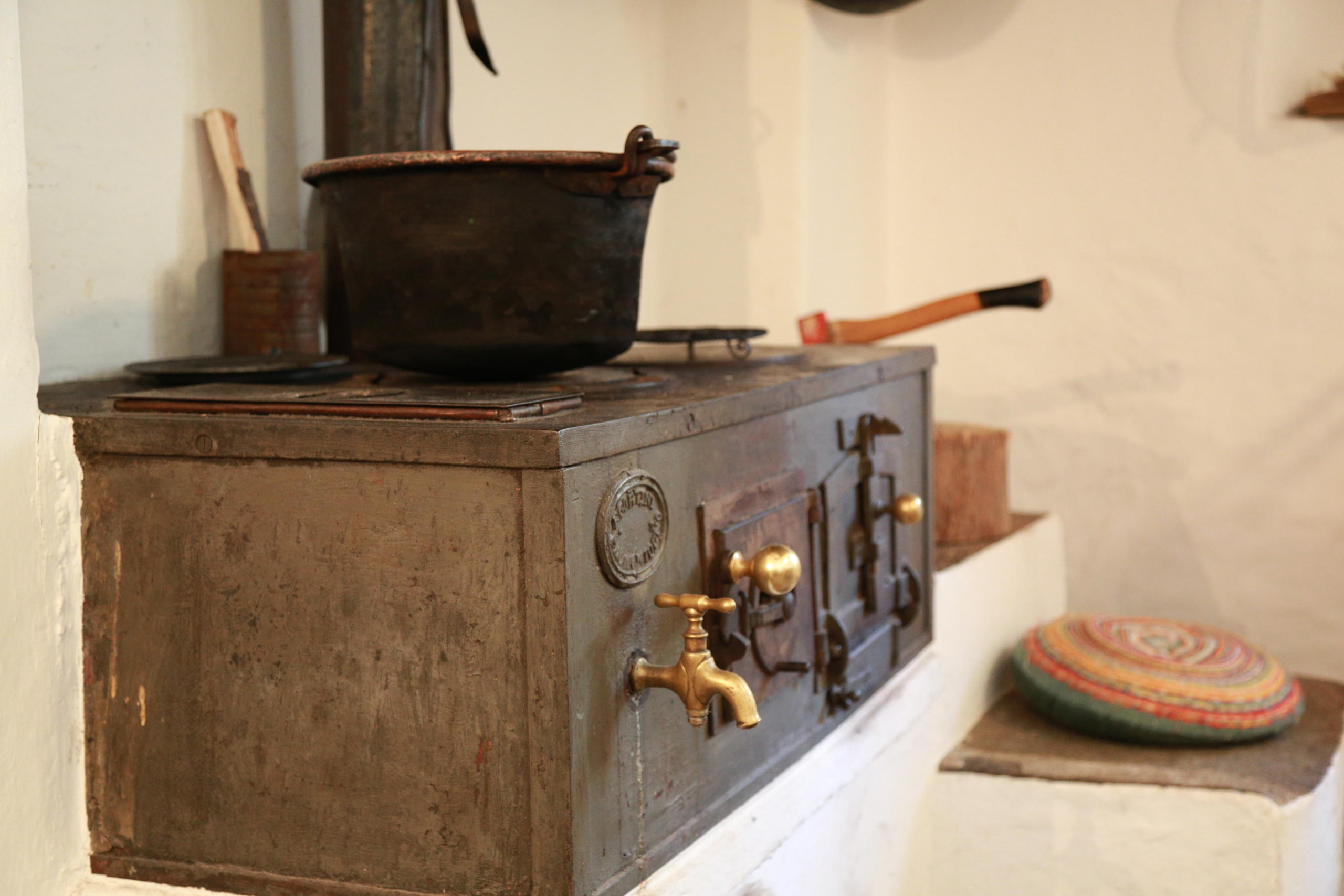
The kitchen is fitted with a traditional wood-burning stove, on which Bischoff prepares “pizzoccheri” (a type of tagliatelle), or braised meat and polenta for his many guests.
A further characteristic feature of the apartment is the “stüa,” or the living room. This is completely paneled with Arvenholz pine, a typical Graubünden building material. The room is heated with a large stove. In some houses, these are richly decorated.
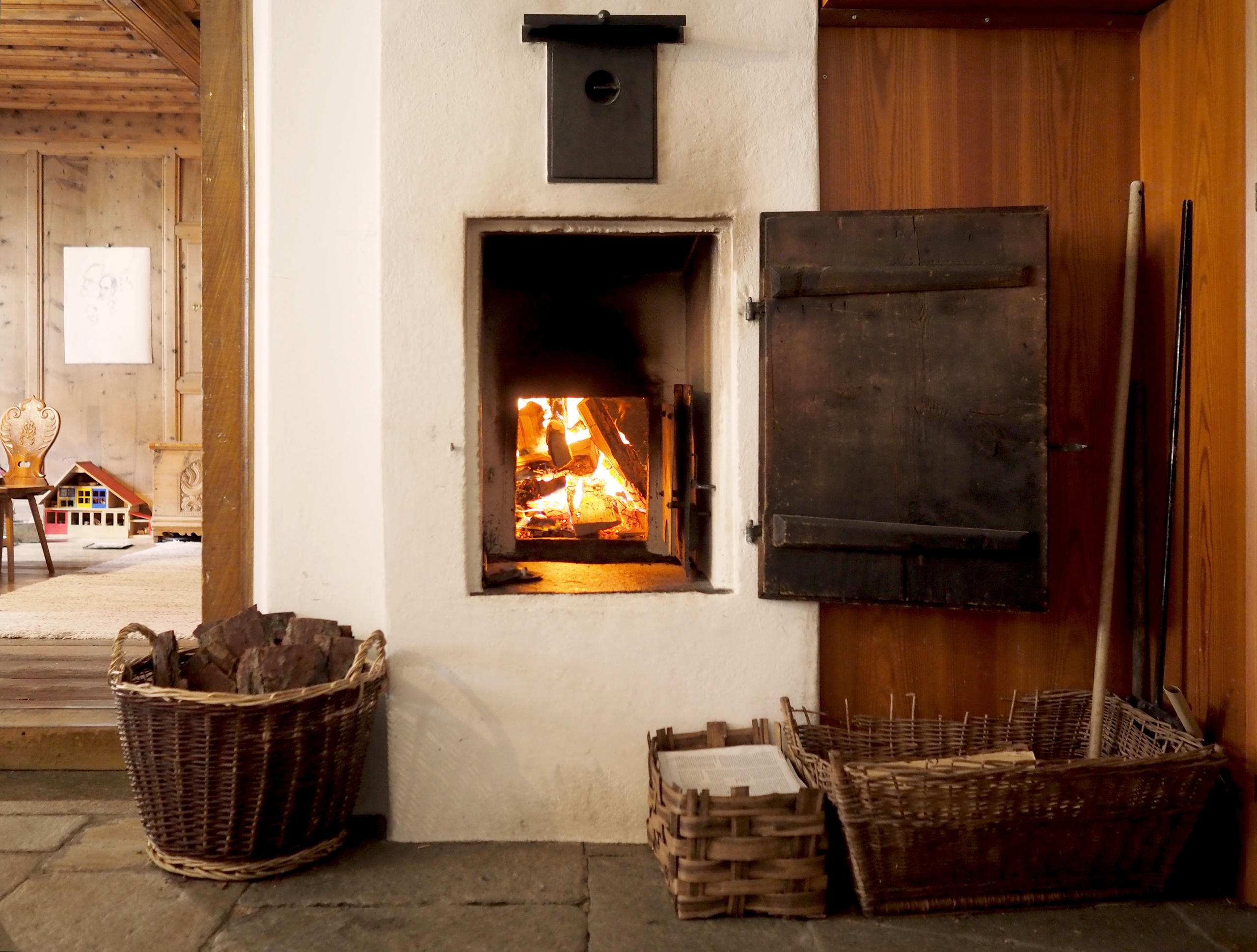
This kind of pine-paneled room can be found not just in Val Bregaglia, but also in many other parts of the Alps. Traditionally, it is the hub of the house. In the Gianotti’s home, the stüa is the children’s domain in the cold months of the year – they would prefer to play here than in their bedrooms, which are much colder. This is also where the family eats when they have guests.
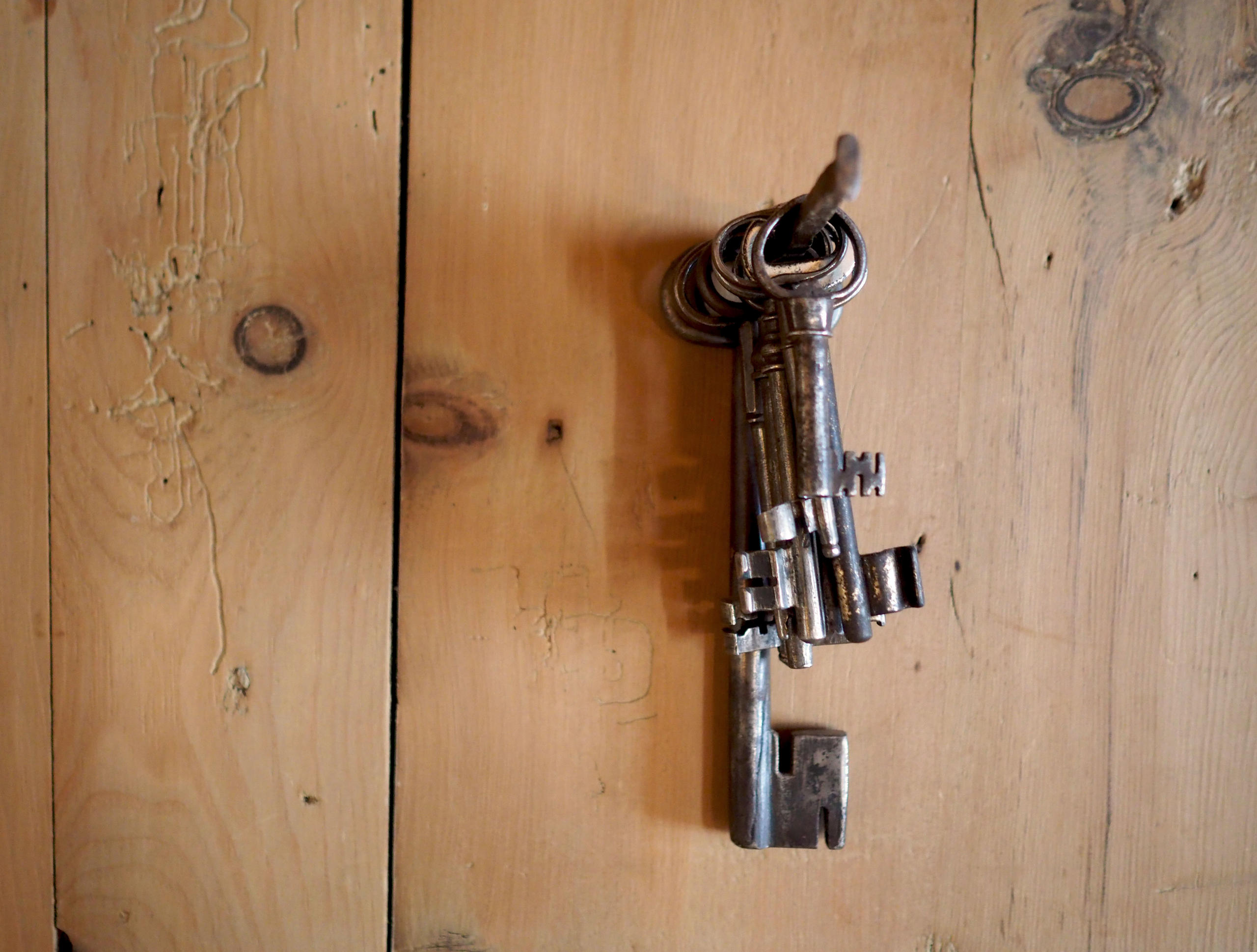
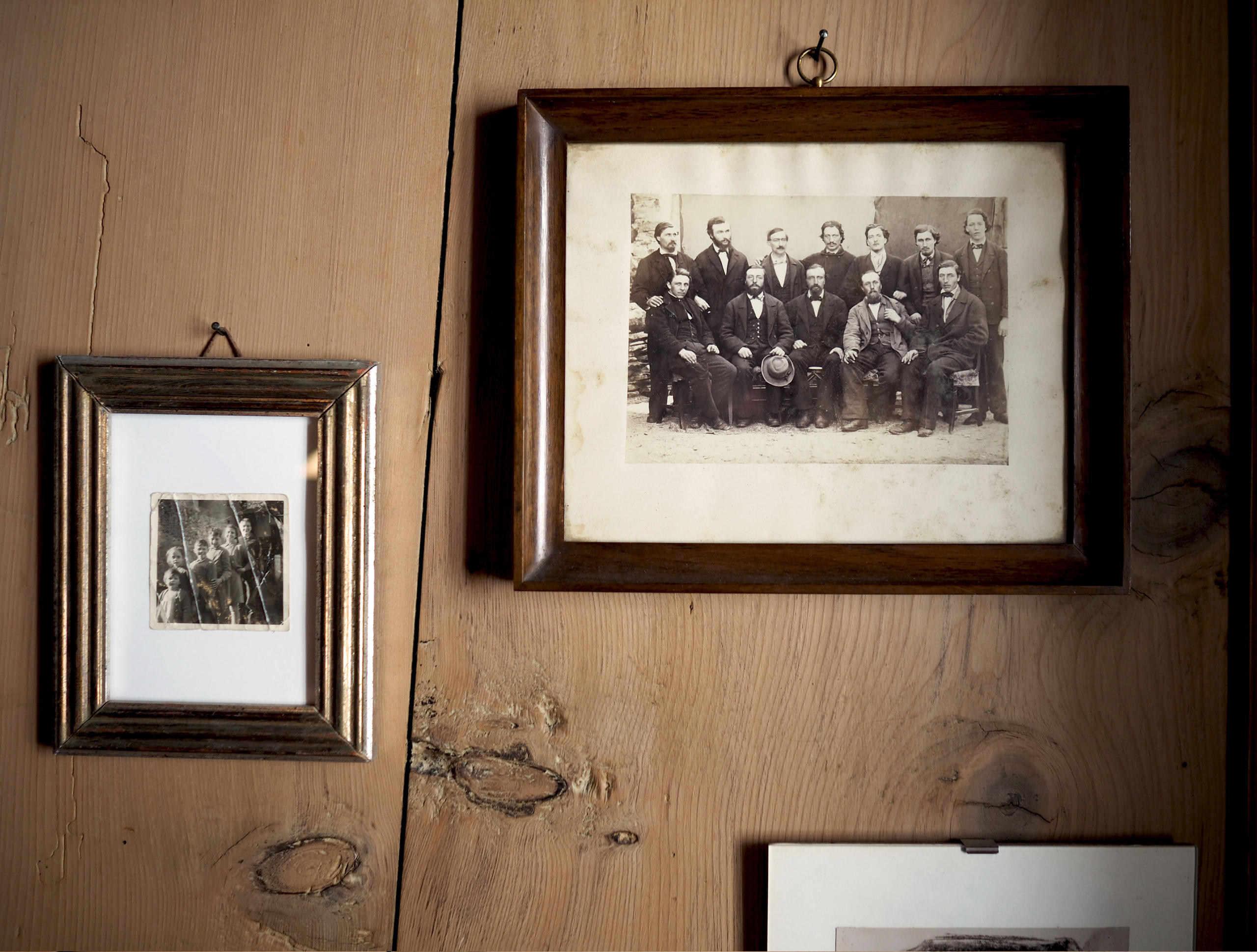
Jon and Hanna used to live in Zurich, but spent all their summers in Val Bregaglia. In May 2018, they decided to enrol their eldest daughter at the kindergarten in Vicosoprano and move here full-time.
“It was not an easy decision,” says Bischoff. “But we wanted to bring up our children in an environment that is much more child-friendly in many ways. I know everyone here, and I don’t hesitate to exchange a few words with someone on the street or in the restaurants in the valley. That is what I most missed in Zurich.”
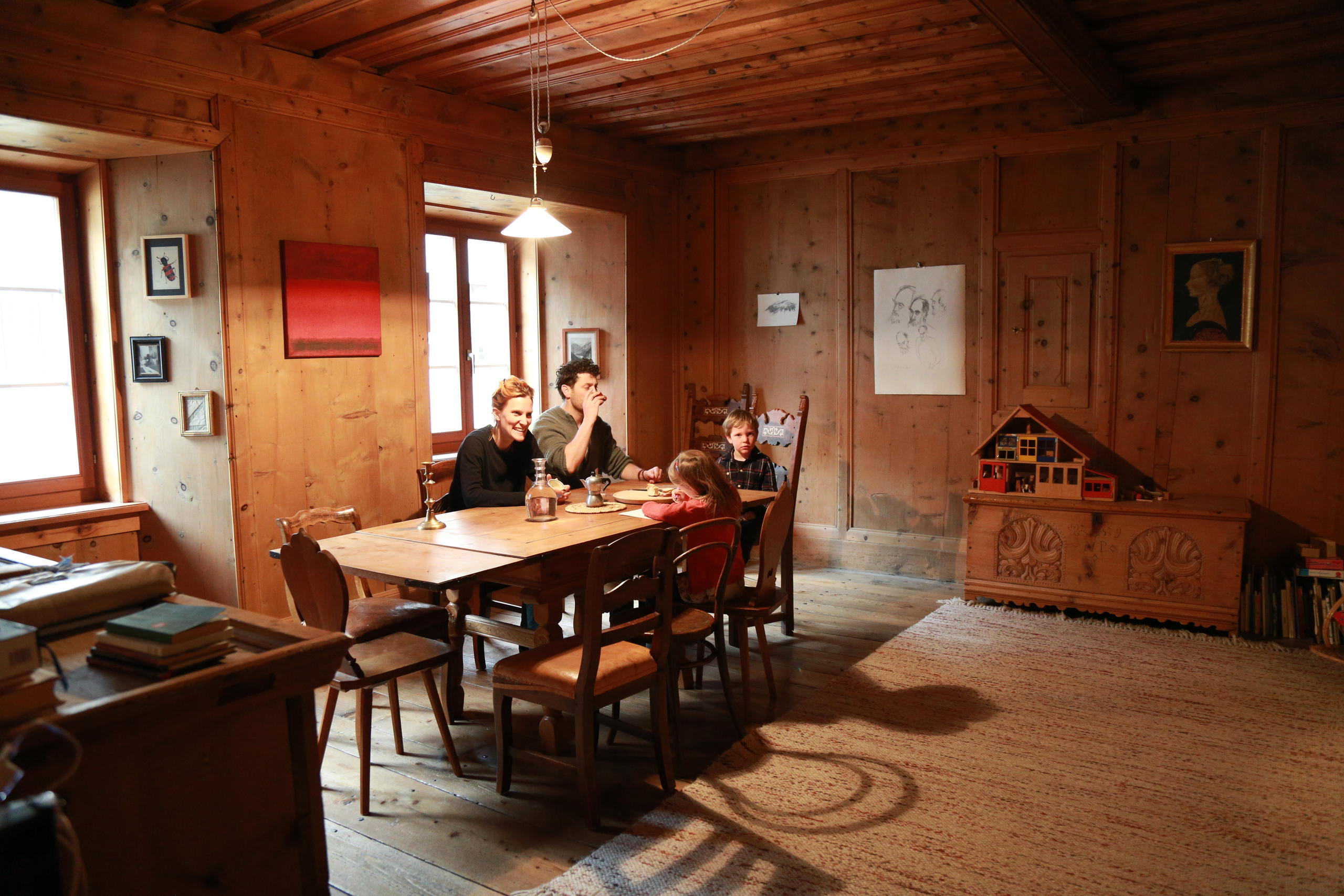
Bischoff is an expert in the local culture. In his work as an illustrator, his main job, he devotes much of his time to studying the history of Val Bregaglia and Graubünden and the culture of Romansh – the language he speaks with his children.
Bischoff also helps out at “Crot da Bond” in the summer months. It is the only “crotto” (similar to a grotto in Italian) – a traditional, tiny one-roomed stone house with a domed roof – still functioning as a small restaurant in the valley. It was almost swept away in a devastating landslide on August 23, 2017, and today stands as a symbol for the rebirth of the village.
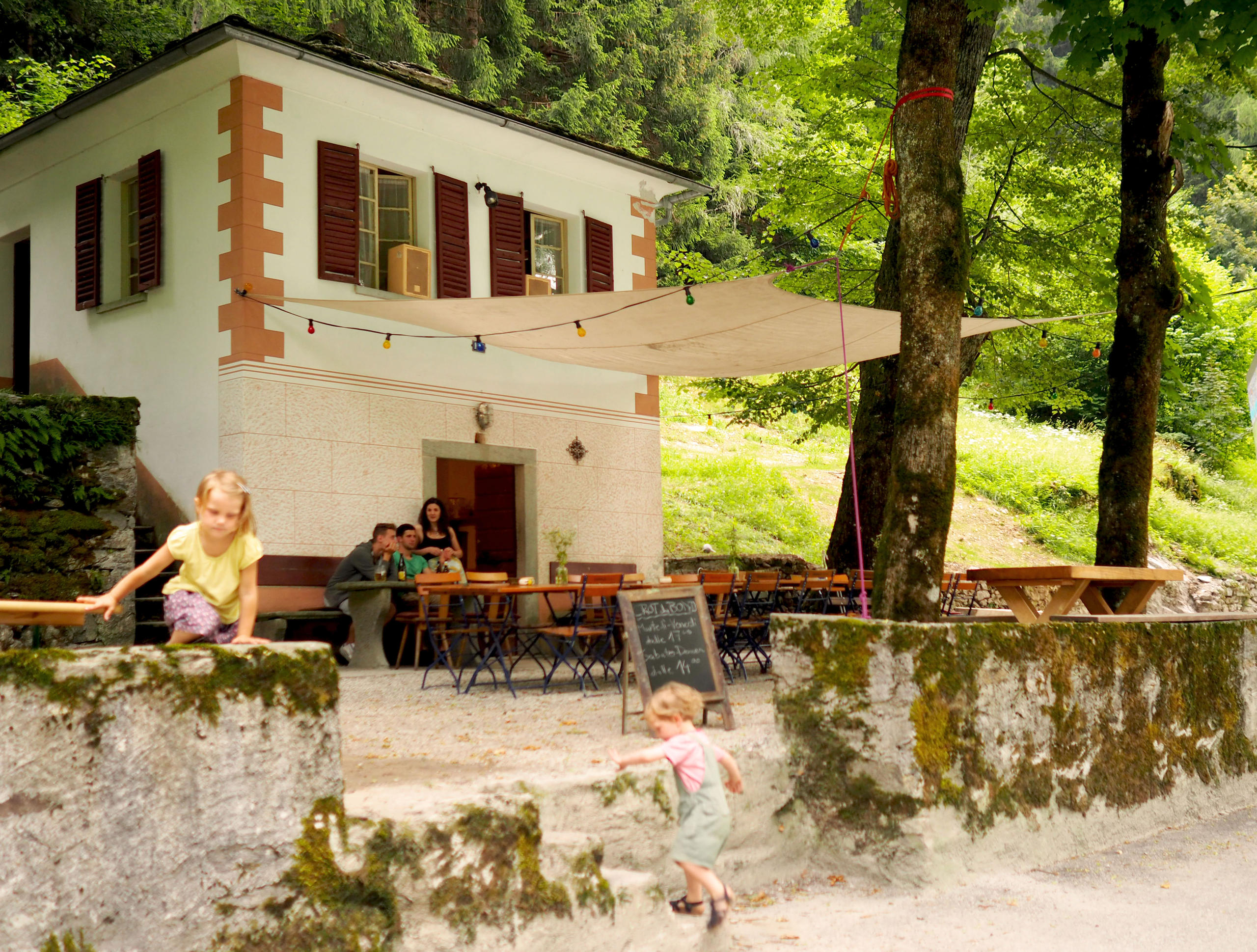
Hanna, on the other hand, continues to work in Zurich as the head of a refugee organization. The move was a painful experience for her. But the centre of her world hasn’t shifted: her work, friends and interests remain in Zurich.
Her love for Val Bregaglia is “unquestionable,” she says. But at the moment “I still don’t have the feeling that I have really moved here. In Vicosoprano, I am completely immersed in the family, while the other aspects of my life take place in Zurich. It’s not always easy to navigate this situation.”
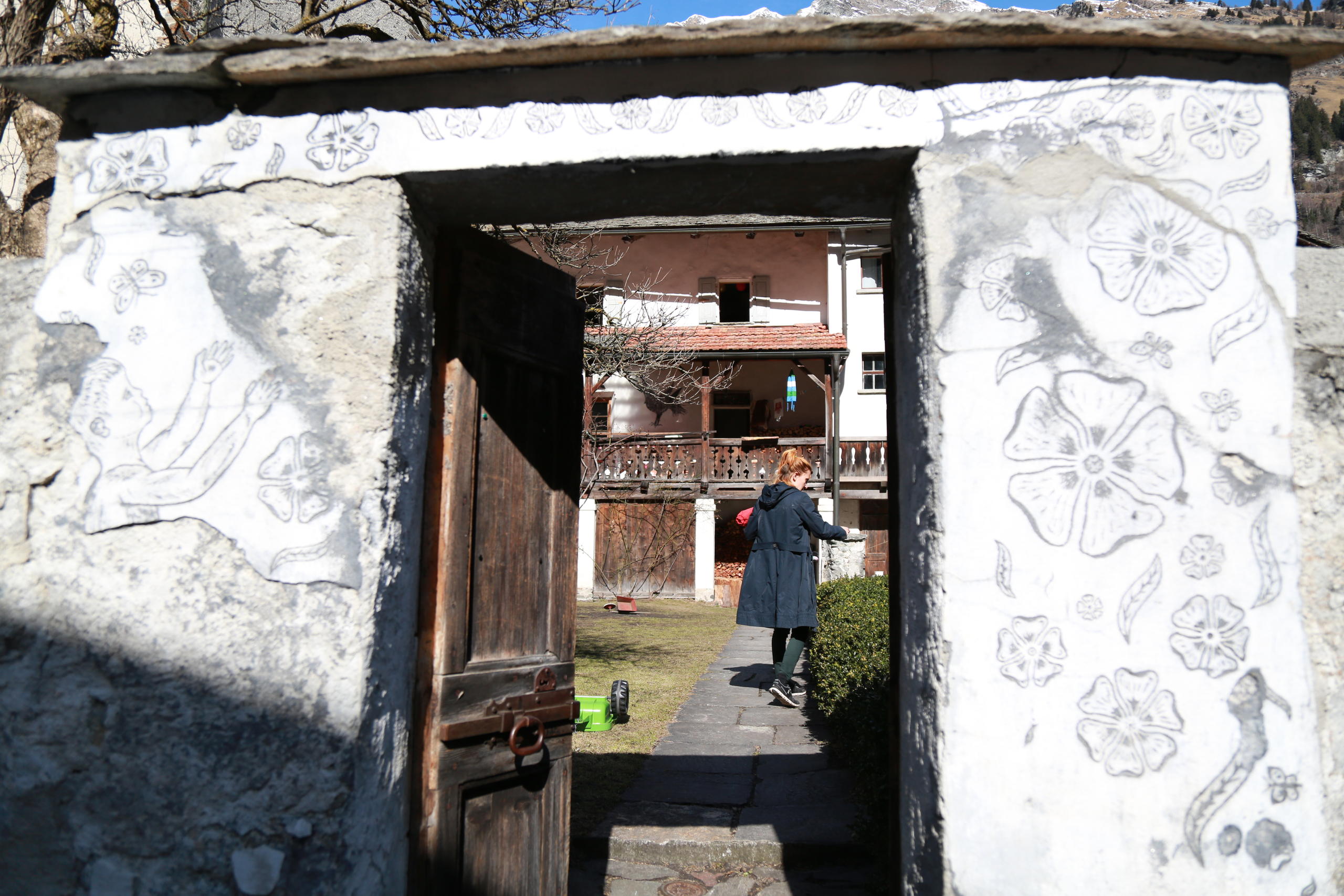
Translated by Catherine Hickley

In compliance with the JTI standards
More: SWI swissinfo.ch certified by the Journalism Trust Initiative
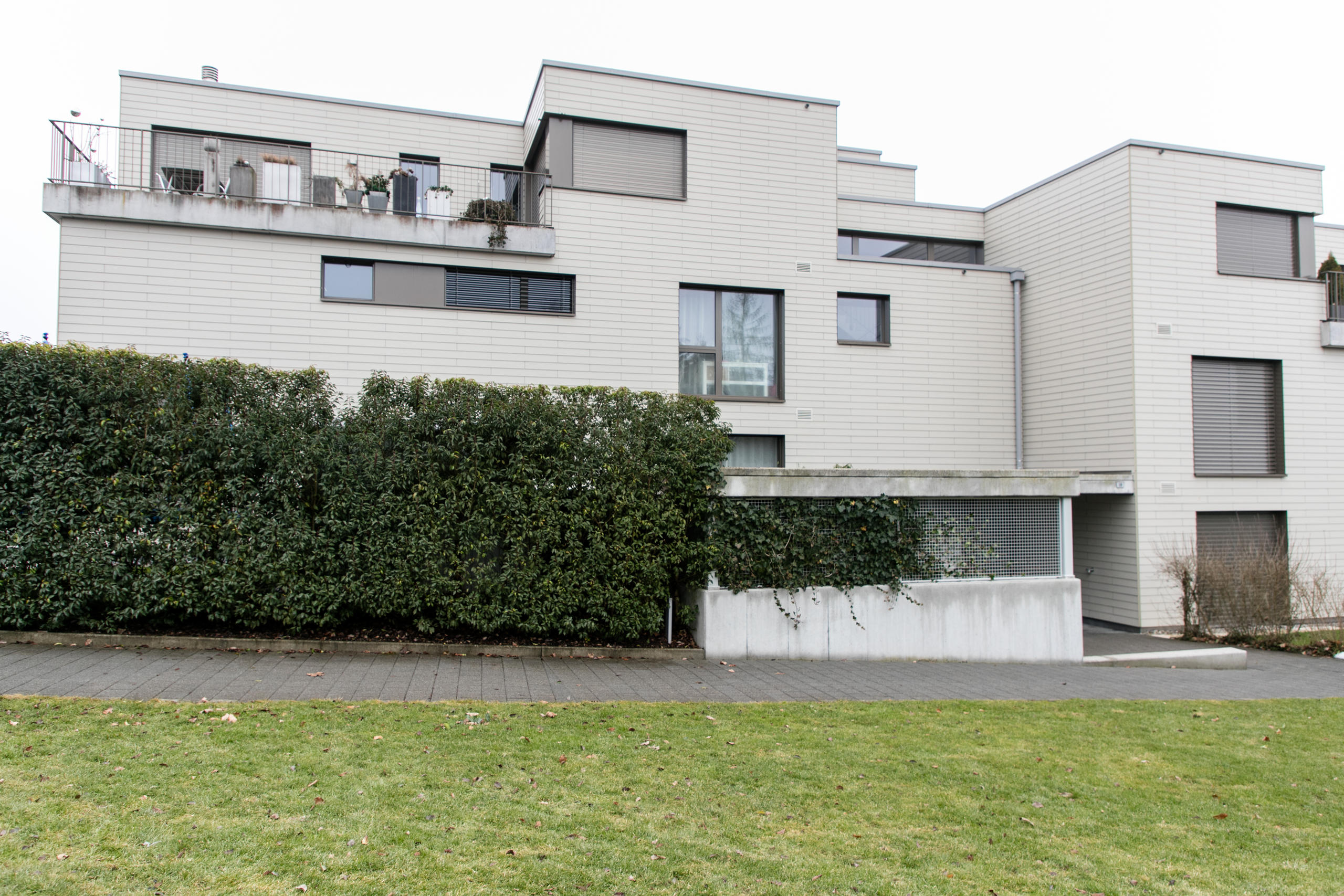
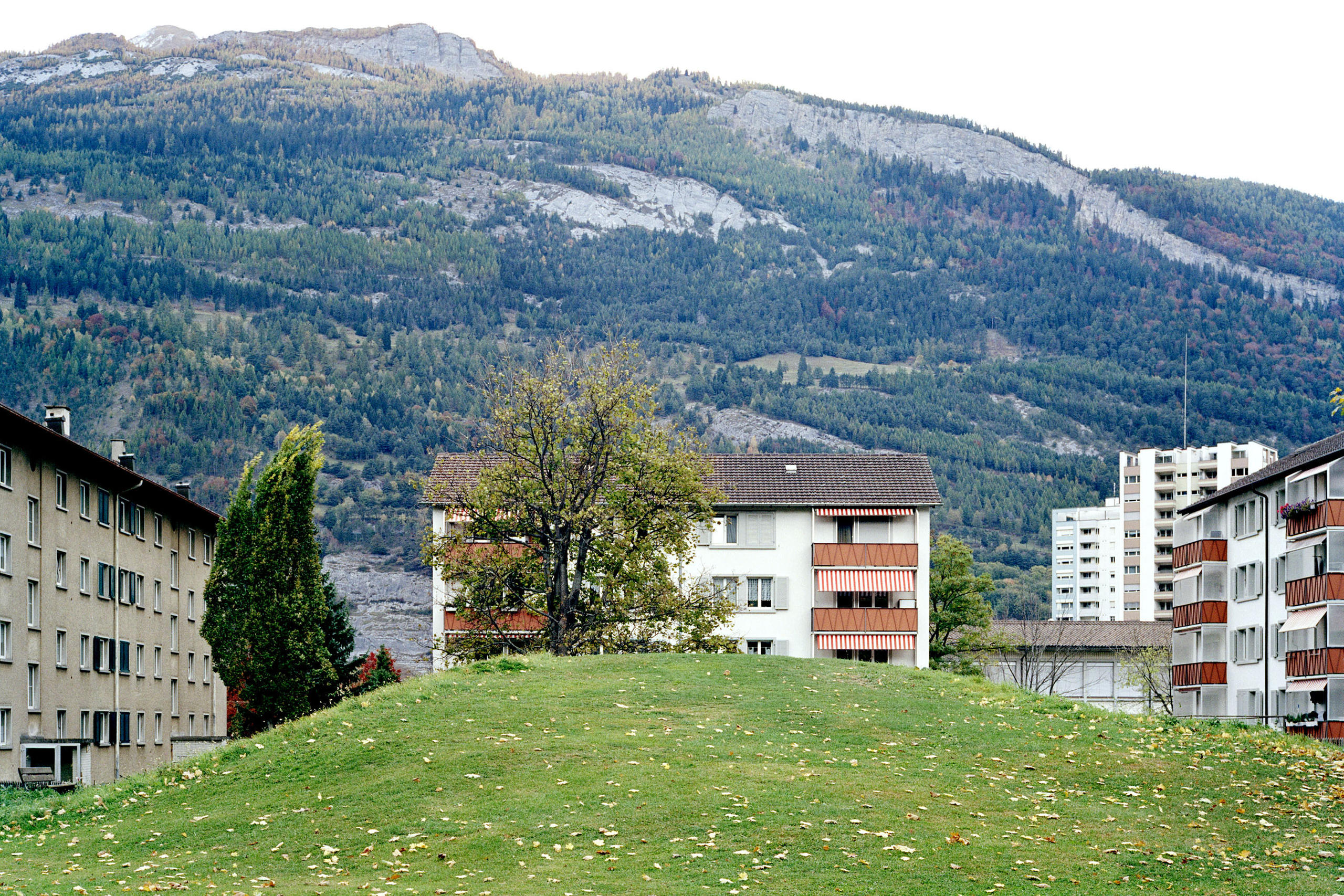
You can find an overview of ongoing debates with our journalists here. Please join us!
If you want to start a conversation about a topic raised in this article or want to report factual errors, email us at english@swissinfo.ch.